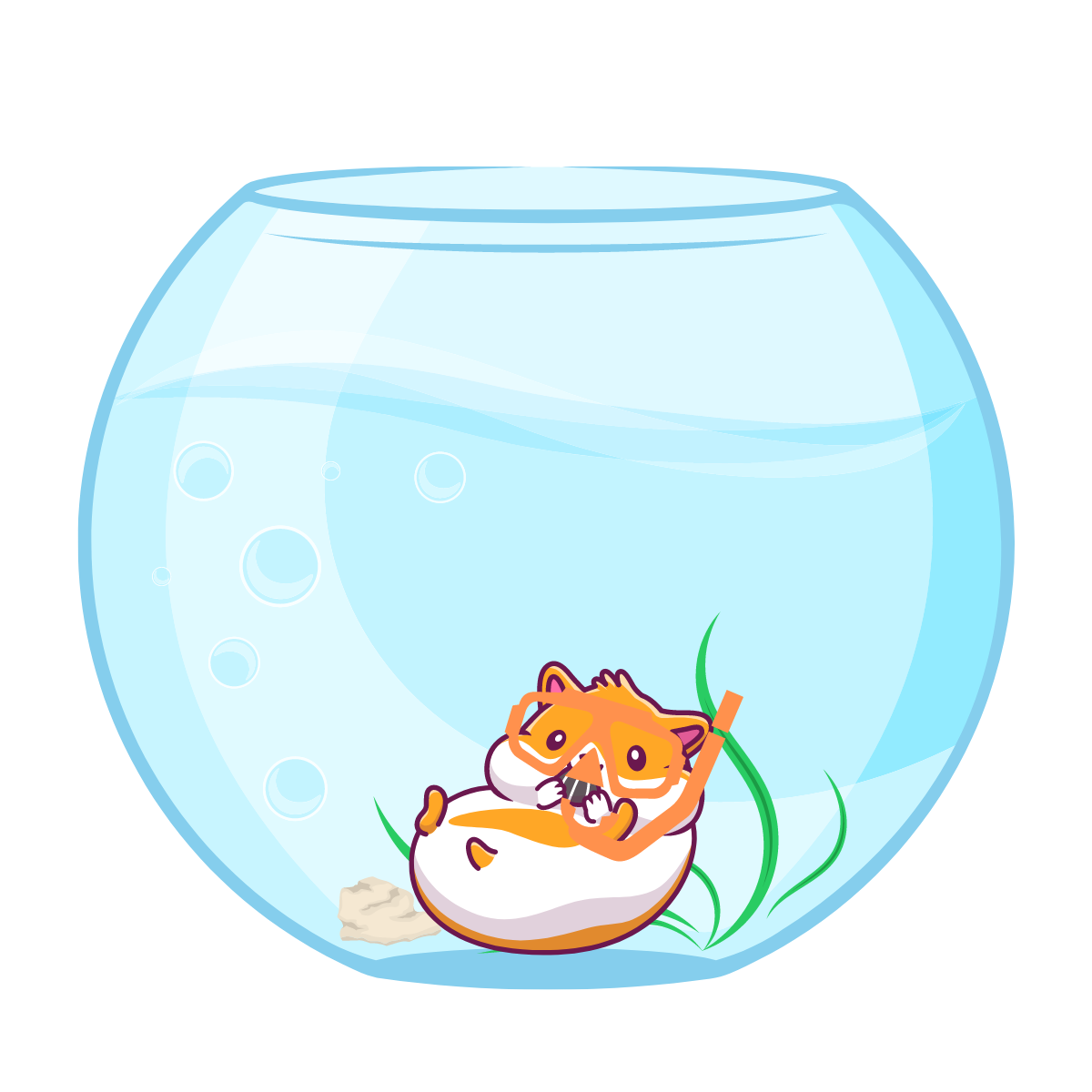On Scrum and Hamsters 🐹
Here's a hamster.
The hamster looks happy, with flush cheeks and eyes filled with joy. You see it in the store and after rubbing its belly you fall in love 😍.
The pet shop owner tells you it’s a nocturnal animal. It sleeps during the day. You should feed it once per day, refresh the water regularly and clean the cage once per week. You do all those things, and your hamster will remain one happy camper.
You take the hamster with you, confident you can grant it a lovely home.
Scrum Is Like a Hamster
That Hamster is like Scrum. Just like the pet store owner tells exactly what the hamster need to flourish, the Scrum Guide describes what Scrum needs to flourish. Scrum consists of events, artifacts, accountabilities, values, and the rules that bind them together. All of these are described from the perspective of the Scrum Team.
This makes Scrum a team-level framework. It expects your organization to change to accommodate the Scrum Team and wrap itself around their needs. No matter how hostile your organization is to empowered teams that discover better ways of working.
When you’ve decided to adopt a hamster, you’re supposed to provide what the hamster needs. It works the same way with Scrum.
Let’s say you go home and decide to put the hamster in a fish bowl filled with water. Because that's what you have. Do you expect the hamster to flourish?
No, the hamster will have a miserable life.
Scrum expects the organization to change to do Scrum, and that Scrum as a framework helps you in doing that.
In other words, Scrum expects the hamster to be able to terraform the fish bowl into a lovely hamster dwelling.
Except that often doesn't seem to happen. Companies then try to add a scaling framework to the organization so they are no longer bothered by the hamster in the fish bowl.
Maybe the problem is that hamsters just are simply bad at terraforming, just like Scrum isn’t that good at helping to change companies.
After adding the scaling framework we’re stuck with a hamster in an aquarium in a fish bowl.
Is it any wonder why so many Agile transformations with Scrum fail?







Nice analogy 🙂 An interesting questions would be why we don’t talk about what the hamster needs, in order to thrive, before we sell it, and whether the potential owner is prepared to make investments needed
Scrum definitely exposes multiple organizational dysfunctions.
Most orgs respond by, as you beautifully illustrate, doing away with the aspects of Scrum that are “inconvenient.”
The basics of success remain the same:
- Small, cross-functional teams with all the skills necessary
- Working off emergent backlogs
- To produce increments of working, tested software every iteration
Great stuff, Maarten!